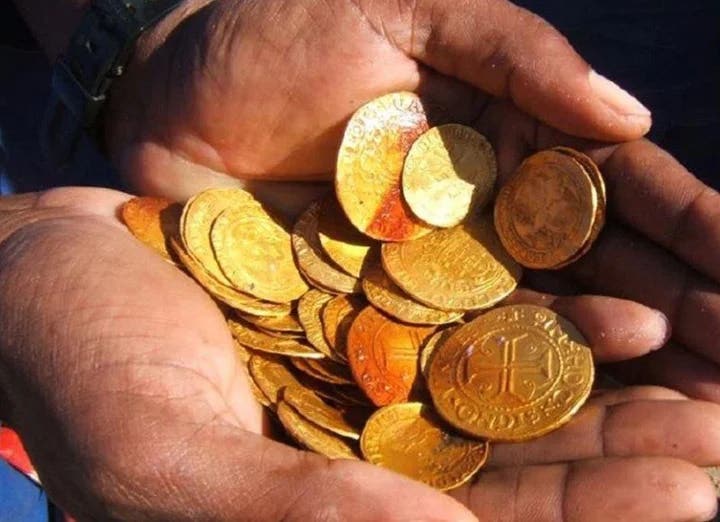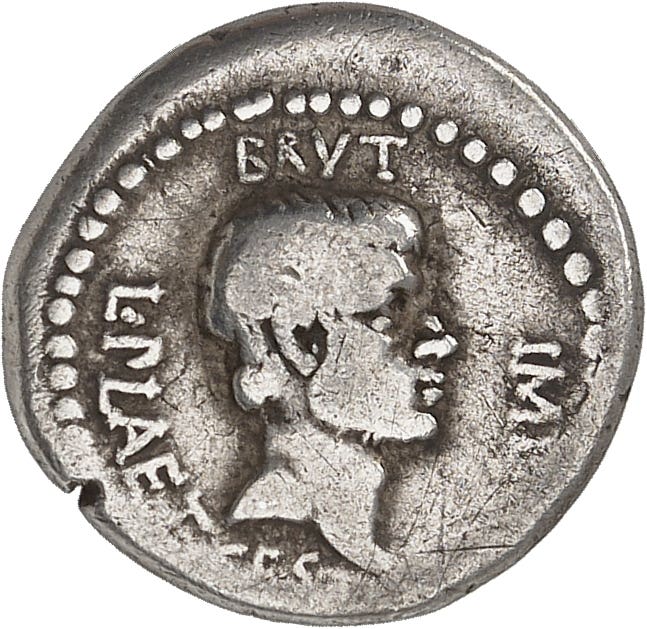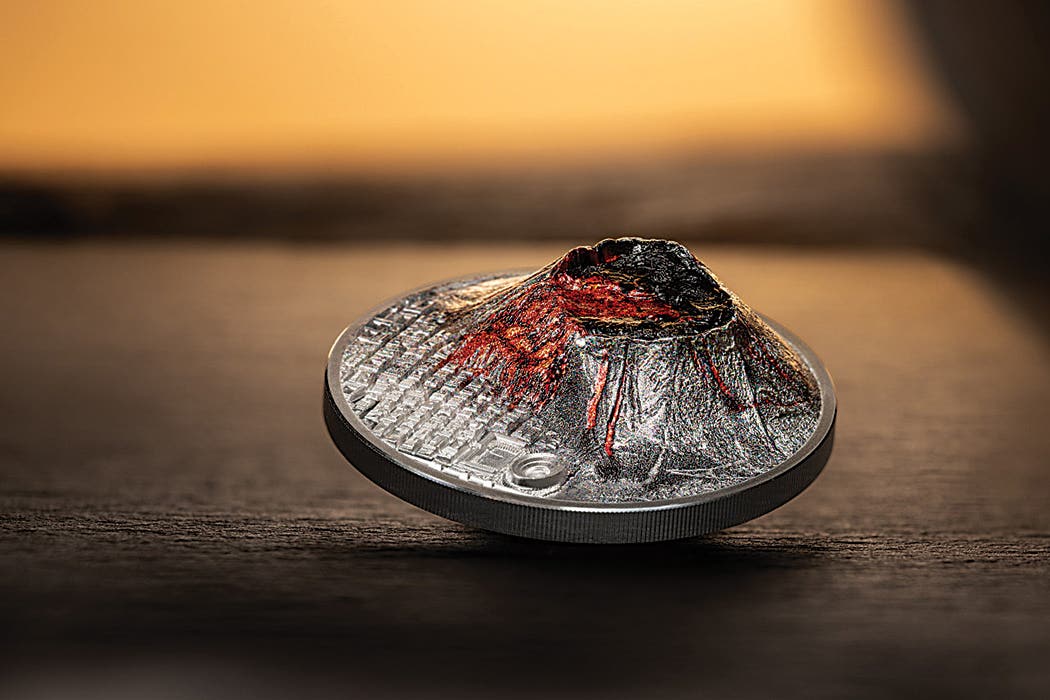Staying One Step Ahead of Counterfeiters
A World Coin News reader recently reacted to the European Union’s announcement that the EU will redesign its bank notes by saying, “I think the less changes to notes and…
A World Coin News reader recently reacted to the European Union’s announcement that the EU will redesign its bank notes by saying, “I think the less changes to notes and coins, the better it is for commerce and general perception of stability,” adding, “predictability of looks and feel of the U.S. dollars or Swiss coinage seem reassuring.”
My reply was, “Predictability may be reassuring, however if bank note (and coin) designed aren’t changed periodically it gives the counterfeiters time to catch up on the technology.”
In recent history we’ve gone from exclusively using coins as currency to adding bank notes, checks, credit cards, smart cards, debit cards, and now numerous forms of electronic value storages and transfers to our currency mix.
Despite dubious proclamations, coins and bank notes will be completely replaced by these electronic systems, as long as central banks are willing to add more security to our physical currency and by doing so stay one step ahead of counterfeiters these monetary instruments will survive.
There are a significant number of coins and bank notes now in circulation worldwide that are getting a facelift as new anti-counterfeiting technology becomes available. Croatia has made headlines recently due to this nation accepting the European Union’s common currency unit, the euro, while abandoning the kuna. It may appear to be paltry, but the 8,075 counterfeit bank notes identified during 2021 in Croatia is 77.8 percent more than were detected one year earlier.
The kuna represented 49.5 percent of these fakes, but the balance consisted of U.S. dollars, EU euros, Swiss francs, and British pound sterling notes.
Euro bank notes are due for a design change. The coins are anticipated to continue to carry the same EU design as in the past. Globally the number of counterfeit euro notes detected during 2021 decreased to about 347,000 pieces as compared to 460,000 one year earlier. This favorable statistic was in part due to Interpol, the German Regional Criminal Police of North Rhine-Westphalia, and the Italian Finance Corps of Rome and Naples arresting a group of drug traffickers associated with the Camorra mafia clan in May 2021 who were distributed counterfeit money. On Sep. 30 U.S. Customs seized a major shipment of primarily fake euros manifested as “Monopoly Money” originating from Russia.
The number of counterfeit British £1 coins led to their withdrawal in favor of a coin with better counterfeit protection measures. The EU’s €2 coin remains a target of counterfeiters. Japan released a new ringed bimetal, three-layer, bicolor 500-yen coin into circulation during late 2021. The Japanese coin has an exchange rate of $4.35 U.S., making it a major target of counterfeiters. Likewise, Switzerland remains vigilant as counterfeiters consider the circulating 5-franc coin (exchange rate of about $5.44 U.S.).
On Feb. 13 an internal Black History Month message to her department sent from U.S. Treasury Secretary Janet Yellen reaffirmed the “placing Harriet Tubman on the $20 bill.” The “Monopoly Money” seizure mentioned above included $6,515 in fake U.S. $5 notes. Fake $20 and $100 notes abound.
On Feb. 13 the Professional Numismatists Guild warned coin collectors and bullion coin investors of “counterfeit coins and fake gold.” This includes Silver American Eagles.
In January Bangko Sentral ng Pilipinas (Philippines Central Bank) Governor Benjamin E. Diokno said, “The BSP proposes to increase the length of imprisonment to deter counterfeiting through amendment of existing laws.”
Also in January the Central Bank of Liberia issued a statement reading, “Don’t panic” following the seizure of L$1 million in counterfeit $500 bank notes. Liberia is currently changing all its coins and bank notes.
Nothing is totally immune from counterfeiters. In 2021 Russian police arrested forgers exchanging about 1 billion rubles in fake ruble currency (about $13.3 million U.S.) for bitcoin in Nizhny Novgorod using the infamous Hydra darknet.
Counterfeit North Korean money has been reported in Thailand as well as in markets in North Korea itself. No one seems to certain whatever became of North Korea’s “supernote” fake U.S. $100 bills.
Even impoverished nations such as Bangladesh have their problems. Fake India currency is reportedly printed in Pakistan and “appear to have proliferated in Bangladesh over the past year,” according to the Feb. 19 The Diplomat newspaper. Police in Daka recently seized what was described as “a colossal quantity” of counterfeit bank notes.
Coins and bank notes will continue to be counterfeited. The key to ensure these forms of currency continue to circulate is to keep one step ahead of the counterfeiters at all times.








